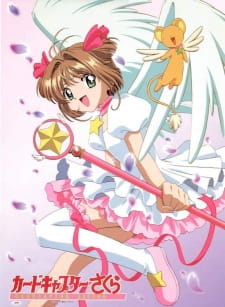Philip K. Dick born in Chicago in 1928 is a successful writer
and one of the very best writers in the world. According to Brown (2001), he
had a thorough grounding in philosophy, religion and psychology. He also was
very interested in science fiction and first published his story in 1952 and
wrote eight science fiction novels. Dick used SF to explore the obsession with
the nature of perceived reality, good and evil and the abuse of power. He was
very interested and was obsessed with the idea of living in a different world
or the universe that was only apparently real. His novels contain big ideas
that are outside of the world and writes about the many strengths of ordinary
people in extraordinary circumstances. Dick introduces to another world inside
the novel ‘Man in the High Castle’ where it is an illusion and that a better
world might exist.
Inside the novel there are several characters that guide
their lives based on the I Ching. Juliana Frink is a judo instructor and meets
Joe Cinnadella from a dinner and gets attracted to the fascist wwar hero. She
is one of the passive characters and consults the I Ching less through a
spiritual motivation. The characters are connected in more indirect ways and
the novel contains a loose collection of characters.
The author has created the storylines with the questions “What
if …”, for example “what if the Allies had lost the war?, how might the march
of titanic circumstance effect the ordinary citizen?” and the author has led
the audience into the mystery of each of their fate. Following on Brown (2001),
the science fiction gives us the ‘what if’ thoughts in our heads and to compare
our living world with another world that might exist.
According to Brown (2002), Dick was populating his novels
with fully-realized characters drawn from real life and combined people he knew
and versions of himself. Dick had difficulties in his family and he believed
that his mother had abandoned his twin sister who died five weeks after her
birth. Dick suffered from anxiety attacks and was not able to adapt socially.
This can be one of the reasons that he was interested in science fiction and
also wanting to create his own world in the story and see if from a different
view.
From my research, Dick didn’t think scepticism was a way of
life and he provides some of what we need to deal with our fears. According to
Wittkower (2011), Dick’s philosophical journeys help us to face our fears to tackle
these questions in an honest and open way.
Reference:
Brown, E. (2001). Introduction. In Dick, P.K., The man in
the High Castle. London: Penguin.
Dick, P.K. (2001; 1962). The Man in the High Castle.
London: Penguin.
Wittkower, D.E. (2011). Philip K. Dick and philosophy.
United States: Carus Publishing Company.









